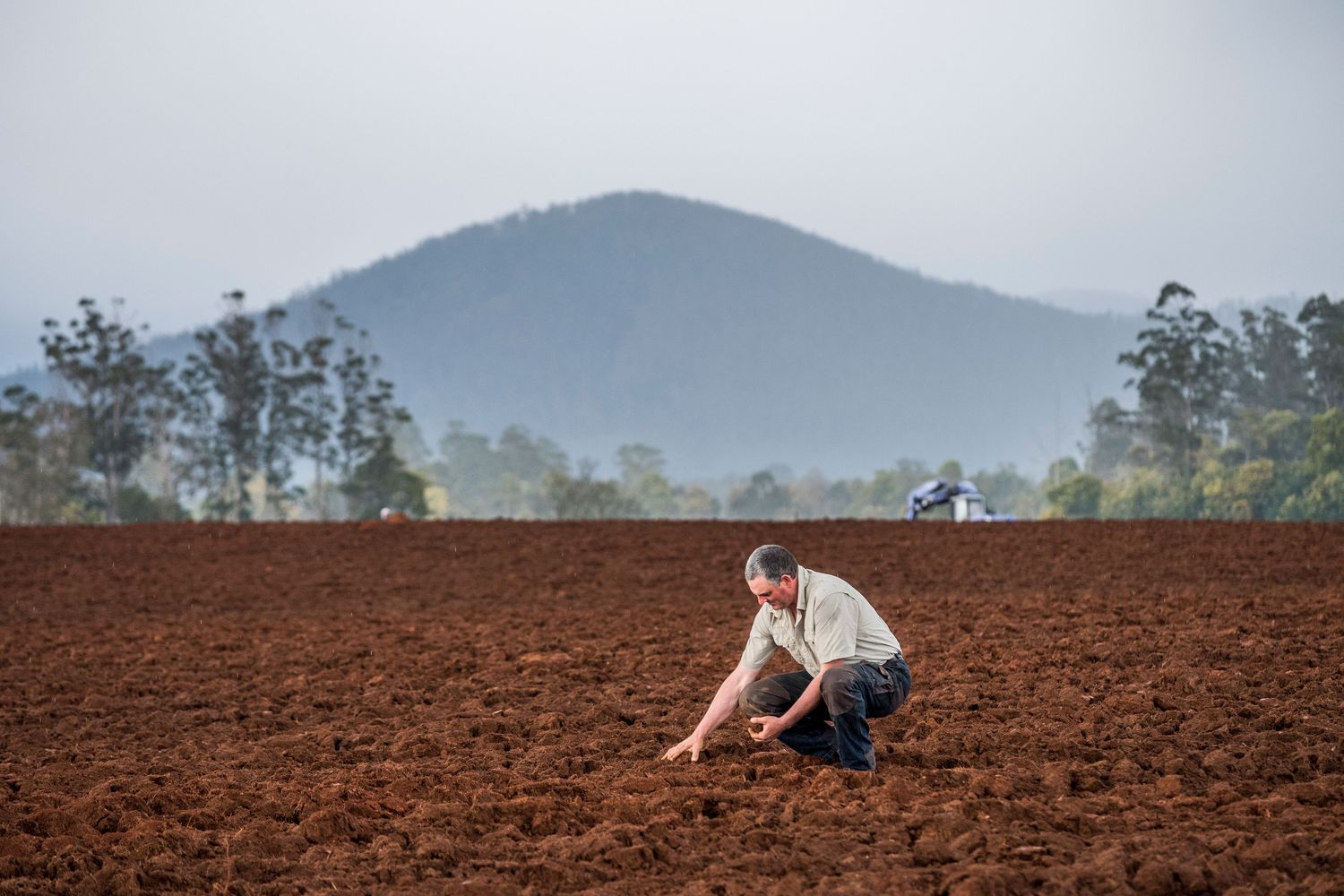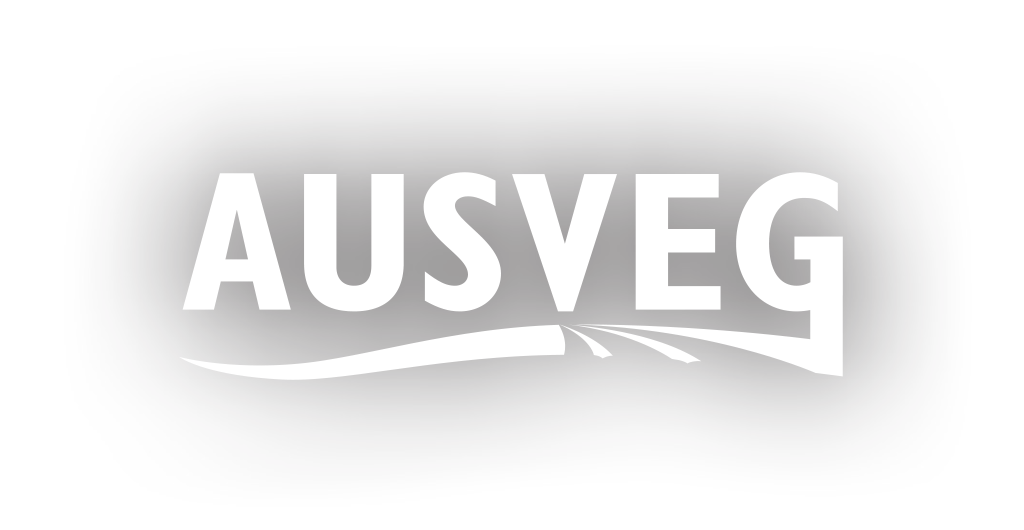John Cresswell: Minimising disease risk for a sustainable future
Tasmanian potato grower John Cresswell has been using the PreDicta Pt soil DNA testing service for more than a decade, seeing improvements in quality, yields and farm practices, including irrigation and field rotations.
Fast facts
Name: John Cresswell
Location: Branxholm, Tasmania
Works: JE & JA Cresswell
Grows: Potatoes
Prevention is better than cure for Branxholm potato grower John Cresswell, particularly when it comes to controlling soilborne pathogens before planting potato crops.
Replacing “gut feel” with science, John said using the PreDicta Pt DNA-based soil testing service with Simplot’s R&D Research Manager Frank Mulcahy has enhanced his understanding of plant physiology and farm management practices (including irrigation, fertilising and field rotations) on his 191-hectare farm in Tasmania.
John says it’s a highly effective tool that helps determine if you have an issue with the soil before you plant, rather than adopt a “wait and see” approach at the end of the crop.
Working a farm in which the soil is 70 per cent rich-red krasnozem and about 30 percent grey loam, John says employing DNA mapping for soil-testing sites over more than a decade has helped him determine if diseases follow where soil texture changes occur (as well as highlight the location of drainage, stones and clay).
“Now we have more than 10 years of history and all our reference points for DNA testing are by GPS. We can go back to any of those points at any time, draw soil and have it re-analysed so we can measure the ebb and flow of the pathogens and, consequently, the risk to a potato crop by planting back into those areas,” John says.
PreDicta Pt soil testing technology (PT09023) is a strategic levy investment under the Hort Innovation Fresh Potato and Potato Processing Funds. The project was conducted by the South Australian Research and Development Institute (SARDI) and diagnostic services can be accessed through accredited SARDI-trained agronomists.

Predicting disease
The pre-planting and post-harvest testing identifies if powdery scab, black dot and root knot nematode, among others, pose a significant risk to crops before planting on John’s eight-year growing cycle.
“I haven’t got a big farm and everything I do is high production. But it allows you to manage the crop in a way that would give you more certainty of a good outcome,” John says.
“It can be quality over quantity. Yield isn’t always the winner. If you had pink rot, for example, you could manage the crop so it might not maximise yield to its absolute potential, but it might give you a really good yield that maintains the quality and minimises wastage.”
John says the DNA soil testing has shed light on the effectiveness of some biofumigants, and also found that growing poppies before potatoes was not recommended due to poppies being a host for powdery scab.
“The testing is allowing us to look at different techniques and ways of doing things to try to improve the varieties we’re already growing. For example, we know if we can go into lower-pathogen soils that we can get better crops of Russet Burbank. And if we can improve the roots on a Russet Burbank crop, we can improve the yield.”
“The testing is allowing us to look at different techniques and ways of doing things to try to improve the varieties we’re already growing.”
Industry communication
Passionate about spreading the word via grower committees and information sessions, John says there is scope for a grower template to be developed so others can benefit from the findings.
“It would be really nice Australia-wide to see more farms adopt this approach so they end up with scientific data across their whole farm and it becomes part of the management process,” he says.
“It’s surprising how quickly something is taken up if you can show the benefit of what you’re doing. If it’s something that’s working for us and is working for the Tasmanian industry, it can also be passed on nationally.”
PreDirect Pt soil testing technology was funded by Hort Innovation using the fresh potato and potato processing research and development levies and contributions from the Australian Government.
This grower profile first appeared in Grower Success Stories, a levy-funded booklet published by AUSVEG to promote real results from levy investment, and was featured in the AUSVEG Weekly Update published 8 January 2019. If you’d like to subscribe to receive AUSVEG publications, use our online subscription form!
Photography credit: Chris Crerar

